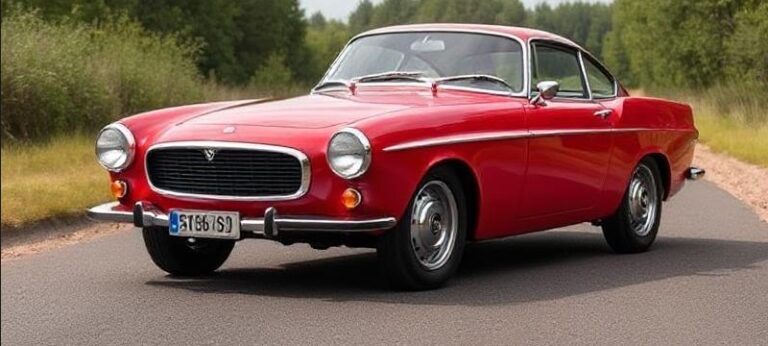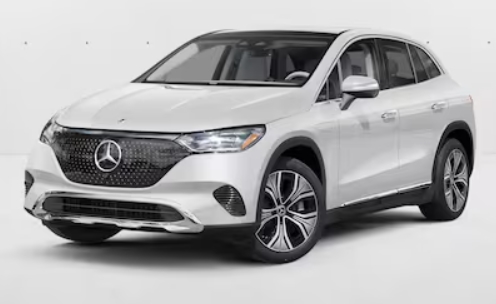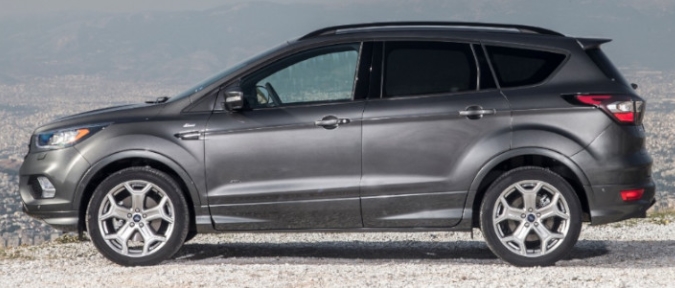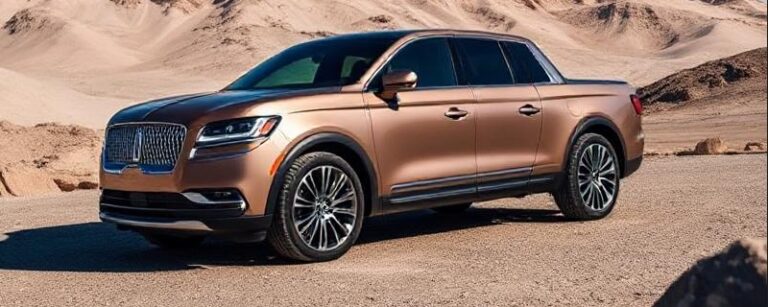The Evolution of the Tesla Roadster
The Tesla Roadster stands as a pioneering icon in the world of electric vehicles (EVs), symbolizing both innovation and the potential of sustainable high-performance transportation. From its inception as Tesla’s first production vehicle to its upcoming next-generation model, the Roadster’s evolution reflects technological advancements, shifting market dynamics, and Tesla’s relentless pursuit of pushing automotive boundaries. This article provides a detailed overview of the Tesla Roadster’s history, models, trim levels, and key milestones from its inception to the present day.
The Original Tesla Roadster (2008–2012)
Introduction and Background
Tesla Motors, founded in 2003, launched the original Tesla Roadster in 2008 as its first production vehicle. It was based on the Lotus Elise chassis, a lightweight and sporty platform, repurposed to house Tesla’s revolutionary electric powertrain. The goal was to demonstrate that electric cars could deliver high performance, long range, and appeal to enthusiasts.
Production Years and Key Features
- Production Period: 2008–2012
- Units Produced: Approximately 2,450 units
- Price at Launch: Around $109,000 (varied over the years)
- Powertrain and Performance:
- 3-phase, 4-pole AC induction motor
- 53 kWh lithium-ion battery pack
- 0-60 mph in approximately 3.7 seconds
- Top speed of 125 mph
- Range: Initially around 244 miles (EPA estimated)
Models and Trim Levels
The original Roadster was relatively straightforward, available primarily in one trim, but over its production run, Tesla offered incremental updates:
- Base Model: The initial Roadster Sport (2009)
- Improved performance with a 0-60 mph time of 3.7 seconds
- Slightly higher top speed (~125 mph)
- Range remained similar to the original
- Roadster Sport (2009–2012): An upgraded trim emphasizing performance.
- 0-60 mph in 3.7 seconds
- Top speed of 125 mph
- Range approximately 244 miles
- Special Editions: Tesla occasionally released limited editions, such as the “Signature One Hundred” (2008), which featured unique badging, interior options, and performance tweaks.
Significance and Impact
The original Tesla Roadster was groundbreaking: it proved electric vehicles could be fast, desirable, and capable of competing with traditional sports cars. Its limited range and high cost, however, kept it as a niche product. Nonetheless, it laid the foundation for Tesla’s future endeavors and significantly influenced the automotive industry’s shift toward electric mobility.
Tesla Roadster (Second Generation) — Announced but Delayed (2017–Present)
Announcement and Development
In November 2017, Tesla announced a new, second-generation Roadster, promising a revolutionary leap forward in electric vehicle performance and range. This model aims to redefine what an electric sports car can be, targeting high-end consumers and enthusiasts.
Expected Specifications and Features
- Production Start: Initially expected around 2020, but delayed multiple times
- Design: Modernized, aerodynamic coupe with a focus on luxury and performance
- Performance Goals:
- 0-60 mph in less than 1.9 seconds (claimed)
- Top speed exceeding 250 mph
- Range of approximately 620 miles (998 km) on a single charge
- 200 kWh battery pack (expected to be the largest for a passenger EV)
- All-wheel drive with three electric motors
- Price: Estimated to start around $200,000, with higher trims and options available
Models and Trim Levels
As of now, the second-generation Roadster has not yet entered mass production, and Tesla has not officially announced distinct trim levels or variants. The primary focus has been on delivering a flagship model with unmatched performance and range, rather than multiple trims.
However, Tesla has indicated potential future variants, which may include:
- Base Model: Focused on maximum range and performance
- Performance Edition: Featuring Track Mode, enhanced acceleration, and handling capabilities
- Luxury and Premium Options: Customizations for interior, wheels, and technology packages
Features and Innovations
The upcoming Roadster is expected to incorporate Tesla’s latest battery and motor technology, including:
- Space-age battery architecture for increased energy density and safety
- Advanced aerodynamics to achieve high top speeds
- Autopilot and Full Self-Driving (FSD) capabilities as standard or optional
- Interior and infotainment upgrades aligned with Tesla’s latest interior designs
Current Status and Outlook
As of the latest updates, the second-generation Tesla Roadster remains in pre-production or limited prototype stages, with official deliveries anticipated in the next few years. Its development underscores Tesla’s commitment to maintaining its leadership in high-performance EVs.
.
MANY auto lovers not only spend time in their garages to tinker on their autos, but have other projects going on in there as well. Wood working is a popular pastime for the creative type of individual. Not sure what to make next? Or thinking about getting into this kind of hobby? There’s lots of possibilities… Here’s some of them…

.
Historical Milestones and Evolution
| Year | Model/Version | Key Features and Milestones |
|---|---|---|
| 2008 | Tesla Roadster (First Generation) | Launch of Tesla’s first production vehicle; 244-mile range; 3.7 sec 0-60 mph |
| 2009 | Roadster Sport | Performance upgrades; 3.7 sec acceleration; limited editions |
| 2010 | Roadster Signature One Hundred | Special edition with unique badging and interior options |
| 2012 | End of First-Generation Production | Approximately 2,450 units produced; transition to Model S |
| 2017 | Roadster (Second Generation Announced) | Introduction of next-gen Roadster with ambitious specs |
| 2020s | Delays and Development of Second Gen | Ongoing development, with expected release in next few years |
Legacy and Impact
The original Tesla Roadster transformed perceptions of electric cars from practical city commuters to high-performance sports machines. Its success proved that EVs could combine speed, range, and desirability, paving the way for Tesla’s subsequent models like the Model S, Model 3, Model X, and Model Y.
The upcoming second-generation Roadster aims to set new benchmarks in automotive performance, demonstrating Tesla’s ongoing commitment to innovation. Its anticipated capabilities—such as sub-2-second acceleration and nearly 1,000 km of range—encapsulate Tesla’s vision of the future of high-performance electric vehicles.
Conclusion
The Tesla Roadster’s evolution reflects a journey from niche high-performance EVs to the cusp of a new era where electric vehicles will dominate both everyday transportation and high-performance automotive segments. From its humble beginnings in 2008 to the ambitious promises of the upcoming model, the Roadster remains a symbol of Tesla’s pioneering spirit and relentless innovation.
As Tesla continues to push technological boundaries, the Roadster’s legacy as a trailblazer in electric sports cars is secure. It exemplifies how electric vehicles can deliver exhilarating speed, impressive range, and cutting-edge technology—all wrapped in a sleek, desirable package. The next chapter for the Tesla Roadster promises to be even more exciting, further cementing its place in automotive history.







